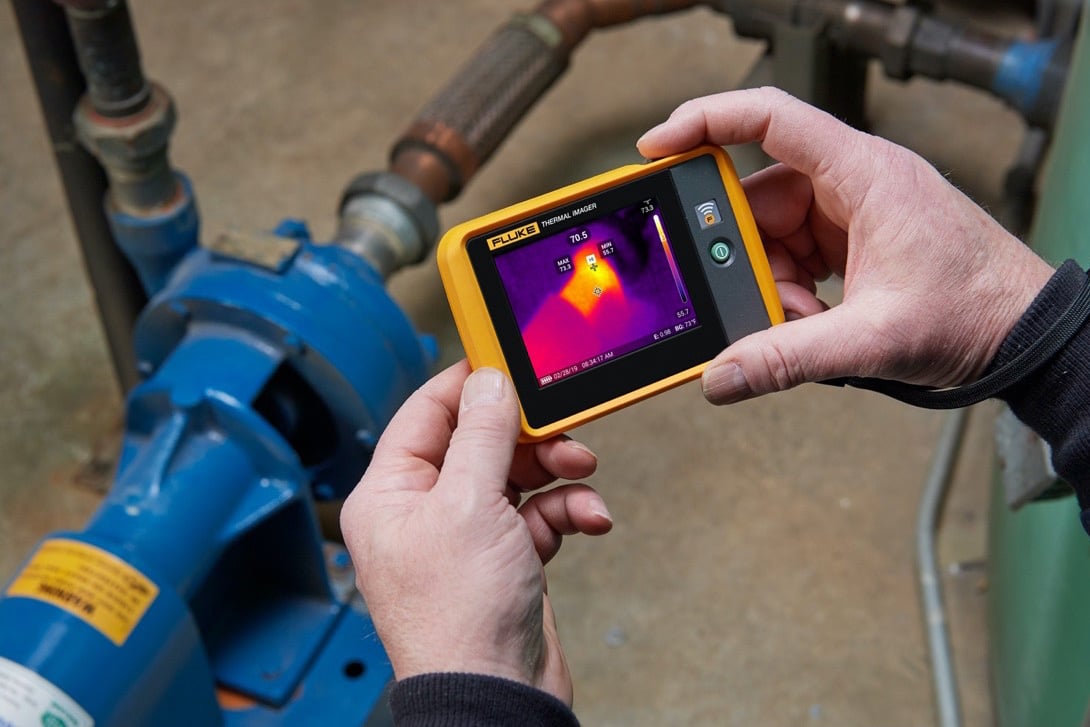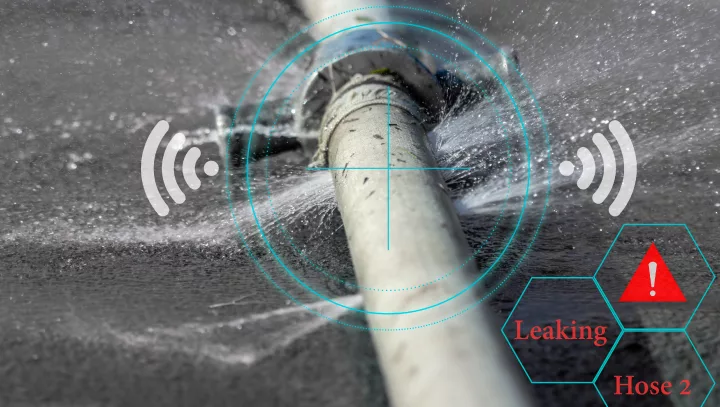Top Water Leak Detection Techniques to Shield Your Building from Water Damage
Top Water Leak Detection Techniques to Shield Your Building from Water Damage
Blog Article
Innovative Solutions for Early Discovery of Water Leakages in Buildings and Framework
From innovative leak discovery technologies to the implementation of IoT sensing units for real-time tracking, the landscape of leak avoidance is evolving swiftly. Automated water circulation analysis systems are improving exactly how leakages are determined and dealt with, leading the way for a proactive strategy to water leakage discovery.
Advanced Leak Discovery Technologies
Advanced leak detection innovations, outfitted with cutting-edge sensing units and formulas, play a vital role in quickly identifying and determining water leakages in numerous settings. Electro-magnetic sensing units can determine changes in electromagnetic areas triggered by water, supplying yet one more layer of leak discovery capability.

IoT Sensors for Real-Time Monitoring
In the realm of contemporary water leak detection, the assimilation of IoT sensing units for real-time tracking stands for a pivotal development in enhancing positive leak detection capabilities. These sensors provide constant surveillance of water supply, giving real-time information on water circulation prices, stress variations, and temperature modifications. By leveraging IoT technology, these sensors can identify also the tiniest anomalies in water usage patterns, enabling very early identification of prospective leakages before they intensify right into significant problems.
IoT sensors transmit data to a central platform, where sophisticated formulas analyze the details and create signals or alerts when irregularities are identified. This real-time surveillance ability enables property proprietors or facility managers to quickly attend to leakages, minimizing water damage, decreasing fixing expenses, and preserving water resources.
Additionally, IoT sensors can be incorporated with structure management systems, permitting for computerized actions to spotted leakages, such as shutting down water valves or activating pumps to reduce the impact of leakages. Overall, the execution of IoT sensors for real-time surveillance dramatically boosts the effectiveness and performance of water leak detection in structures and infrastructure.
Machine Discovering Algorithms for Leak Prediction

One trick benefit of making use of artificial intelligence for leakage prediction is its capacity to continuously learn and boost its accuracy gradually. As even more data is collected and fed into the algorithm, it can fine-tune its forecasts and adjust to altering problems, inevitably increasing the integrity of leak detection systems.
Moreover, artificial intelligence formulas can Find Out More help in recognizing refined signs of leakages that may go undetected by standard surveillance techniques. water leak detection. By assessing complicated data embed in real-time, these formulas can offer very early cautions and alerts, permitting punctual treatment and preventative upkeep to alleviate potential water damage and associated prices
Making Use Of Thermal Imaging for Leakage Discovery
Thermal imaging technology provides a promising technique for finding water leaks in different systems and infrastructures. By making use of infrared radiation and temperature variances, thermal imaging cameras can recognize concealed leaks that are not conveniently visible to the naked eye. When water leaves from pipelines or frameworks, it usually changes the temperature of the surrounding area, creating temperature level differentials that thermal cameras can capture. These temperature level abnormalities are after that translated right into visible photos, highlighting the exact area of the leak.
One of the key benefits of thermal imaging for leakage detection is its non-intrusive nature. Unlike typical methods that might require burglarizing wall surfaces or floorings go to find leakages, thermal imaging enables non-destructive testing. This not just conserves time and lowers costs however additionally lessens interruption to the building or infrastructure being evaluated. Furthermore, thermal imaging can quickly scan large areas, giving a thorough review of potential leak resources in a timely manner. In general, making use of thermal imaging technology improves the efficiency and precision of water leakage discovery, making it a useful tool for maintaining the integrity of buildings and frameworks.
Automated Water Flow Evaluation Systems
Exactly how can automated water flow analysis systems change the discovery and monitoring of leaks in different systems and frameworks? Automated water circulation analysis systems supply an aggressive method to leak discovery by continuously keeping an eye on water flow prices and patterns. By developing baseline data, these systems can swiftly identify inconsistencies that might indicate a leakage, allowing punctual intervention to prevent comprehensive damages.
These systems use innovative formulas to evaluate real-time information and offer prompt alerts when anomalies are identified, permitting quick action to be taken. Furthermore, automated water circulation analysis systems can be incorporated with building administration systems or IoT systems, enhancing total effectiveness and making it possible for remote monitoring abilities.
In addition, the information collected by these systems can be made use of for predictive maintenance functions, helping to determine possible powerlessness in the infrastructure before leaks take place. Generally, the execution of computerized water flow analysis systems can substantially enhance leak discovery and management methods, inevitably leading to cost savings, minimized water waste, and increased sustainability in structures and infrastructure.

Conclusion
In conclusion, the assimilation of innovative leak detection modern technologies, IoT sensors, artificial intelligence algorithms, thermal imaging, and computerized water flow analysis systems uses cutting-edge options for early discovery of water leaks in structures and facilities. These modern technologies allow real-time tracking, forecast of leakages, and effective detection methods to stop water damage and waste. Applying these services can aid in preserving the stability and sustainability of water systems in numerous settings.
Report this page